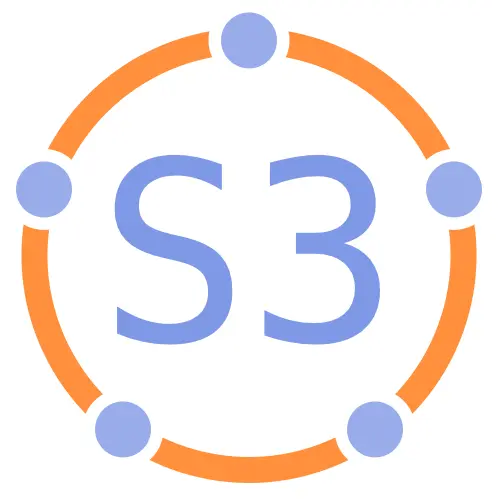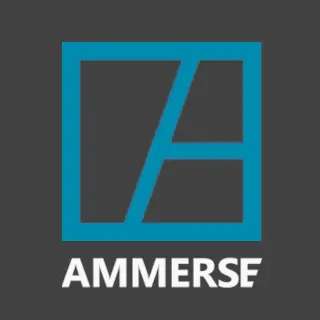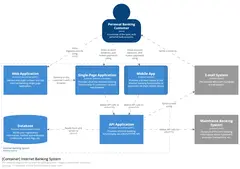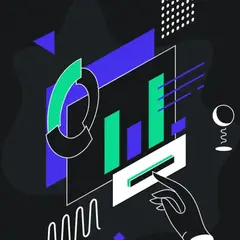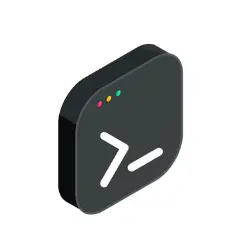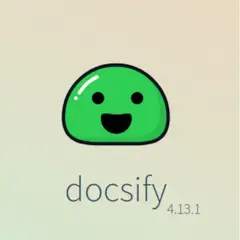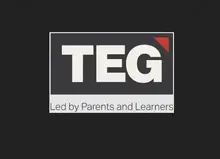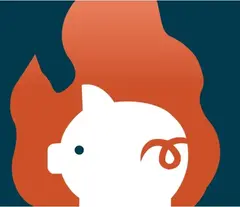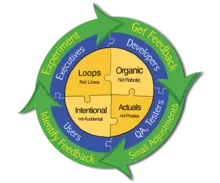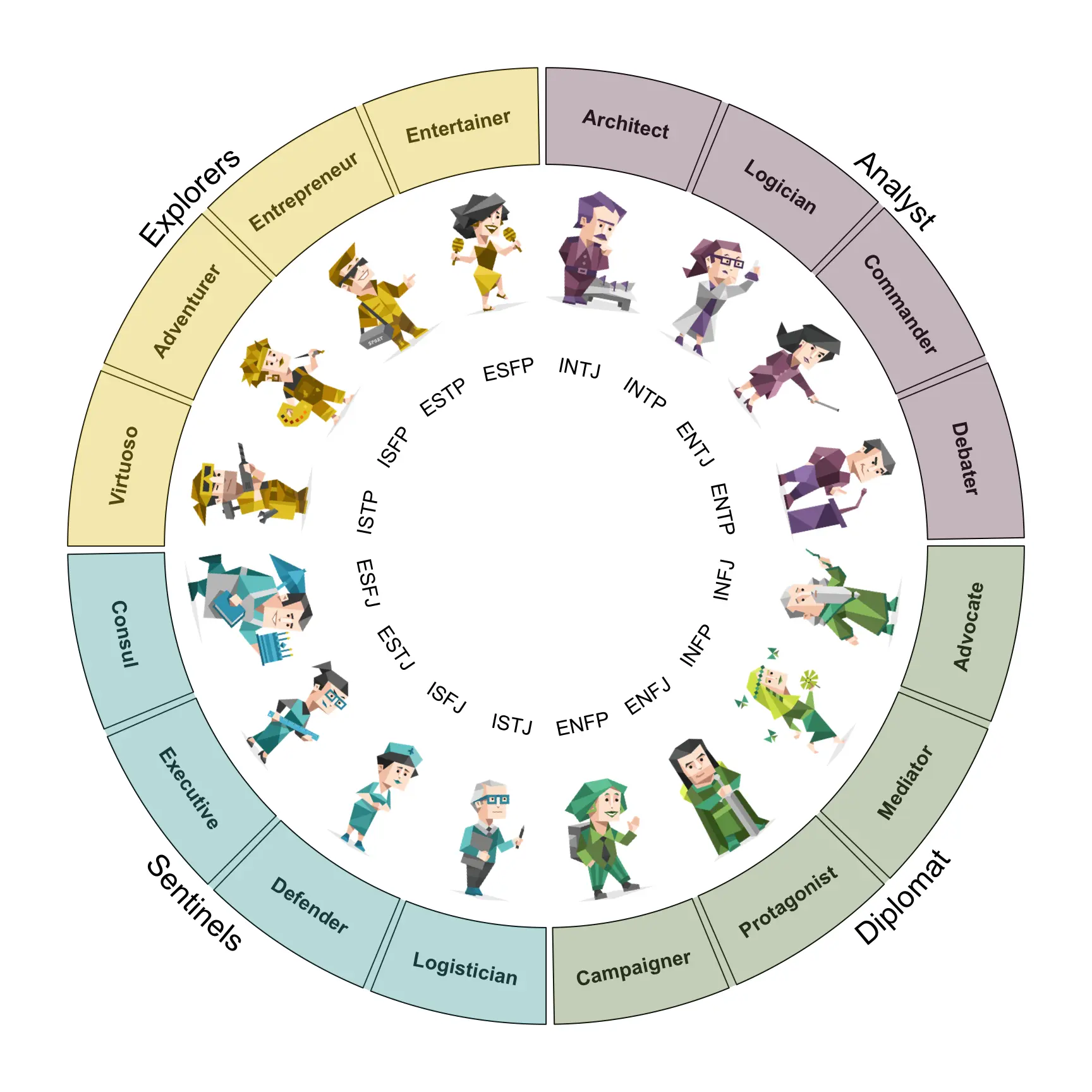Tools, Websites, and Apps
A list of tools to help you be more efficient in your daily endeavours.
Each entry goes with a short description of what to expect and why you might find it useful.
A Practical Guide for Evolving Agile and Resilient Organizations with Sociocracy 3.0
The Sociocracy 3.0 (S3) Patterns website offers a comprehensive collection of patterns designed to enhance collaboration, governance, and decision-making within organizations. By providing a flexible framework based on principles of sociocracy and agile methodologies, S3 helps teams adapt to changing environments, make decentralized decisions, and improve overall effectiveness. This resource is particularly useful for knowledge workers and organizations seeking to implement more inclusive and efficient ways of working.
AMMERSE: Empowering Businesses with core values
The AMMERSE framework is a method for scaling agile practices across organizations while preserving flexibility and adaptability. It combines decentralized decision-making with principles from sociocracy and holacracy, supporting continuous improvement and alignment across teams. The framework is tailored to help larger organizations scale agile methodologies without losing their responsiveness.
The Bowling Game Kata
One of the most famous katas in the world of software development. It is used to teach the basics of test-driven development, minimalism, and is a great way to get started with TDD.
Business Process Model And Notation Specification - Version 2.0
The BPMN (Business Process Model and Notation) 2.0 specification website by OMG (Object Management Group) provides detailed documentation on the BPMN standard, which is widely used for modeling business processes. This standard offers a graphical notation that is understandable to all business stakeholders, enabling them to collaborate and understand processes clearly. BPMN 2.0 supports both technical and business-level communication.
The C4 model for visualising software architecture
The C4 Model website outlines a method for visualizing software architecture through four distinct diagram types: Context, Container, Component, and Code. This model simplifies the complexity of software systems by offering different levels of abstraction, making it easier for teams to communicate and understand architectural designs. Knowledge workers will find it useful for maintaining clarity and consistency in documentation and for facilitating effective collaboration across development teams.
CV Compiler
Leverage Big Data to automate your CV screening. Evaluates resumes based on vacancies from big tech companies. The site offers feedback on your resume, as well as various stylistic tips and tricks.
Cynefin Wiki
The Cynefin framework homepage provides an overview of a decision-making model used to navigate complex, chaotic, and simple situations. It offers a way to identify the nature of different contexts so that appropriate responses can be applied. Developed by Dave Snowden, Cynefin is valuable for knowledge workers, leaders, and strategists who need to make sense of complex environments and choose suitable actions in varying situations.
DevPedia
This website has almost all the commonly used technical terms, concepts and even programming-language specific jargons explained and links provided for further reading. It contains a wealth of information on common technical terminology, making it a great resource for beginners and experts alike.
Docsify
Generate a documentation website from markdown files quickly. Easy to use, customizable with community-supported plugins. Written in javascript. A great way to document your projects in your IDE, and get a visually pleasing documentation site.
DojiCV: slick resume template
A to-the-point LaTeX template for resumés, aimed to help you write a visually pleasing CV. Writing an engaging Resume is not an easy task. This template will help you by providing you with a basic structure in which to enter your personal information. This means you will write your content in an encoded way, and let the processor take care of the layouting.
The dream game
Firefly III
A free and open source personal finance manager. Features data imports for well-known banks, allows for an easy overview of various accounts, let’s you organize expenses according to categories, and provides an easy way to set budgets for yourself. You can host Firefly yourself on a webserver, or run it on your local machine. Docker images are available to get your personal accounting system up and running quickly.
Google Style Guides
The GROWS method
The GROWS Method® website details a framework for improving software development by blending practical habits with adaptive thinking. Created by Andy Hunt, a co-author of “The Manifesto for Agile Software Development,” GROWS emphasizes iterative learning, psychological safety, and continuous improvement to help teams navigate the complexities of modern software projects. This approach is particularly beneficial for knowledge workers seeking to enhance collaboration and adaptability in a constantly changing environment.
The HEXACO personality inventory
Manifesto for Agile Software Development
The Manifesto for Agile Software Development website presents the foundational principles and values of the Agile movement, emphasizing individuals and interactions, working software, customer collaboration, and responding to change. This manifesto guides software development teams in creating more flexible and efficient workflows.
NextCloud: Remote collaboration made easy
A self-hosted personal storage system. Designed to be modular, users can spin up their own office-like server environment to keep their notes, documents, pictures, and messages. Various options for hosting are available.
Open Rewrite
An open-source platform for automated code refactoring. It provides a set of recipes to automatically refactor your codebase, making it easier to maintain and improve the quality of your code. The ability to make large-scale changes across your codebase are a great way to make sure your code is up to date with all the latest dependency updates. The company behind Open Rewrite also offers a paid version with additional features.
Personality Types
A visually engaging and popular introduction to personality preferences, based on the MBTI framework.
While widely used, 16Personalities leans on the Myers-Briggs Type Indicator (MBTI) — a system that categorizes individuals into 16 personality “types” using four binary dimensions. The approach is accessible and often resonates with users due to its rapid process and simplified language.
However, MBTI’s scientific underpinnings are weak: it lacks consistent empirical support, oversimplifies human behavior into rigid types, and often encourages false dichotomies. As such, this tool is better suited for sparking self-reflection than guiding decisions or assessments.
Productivity With Shortcuts
A step-by-step guide to help you get the most out of your IntelliJ IDEA. A great tutorial for developers that are not used to using hotkeys in order to improve their productivity. While it might sound like snake-oil to some, the advantages of reducing the need to use a mouse, and typing less characters add up over time. Definitely take a look at it, and discover a side of your IDE that you did not think existed before.
The SAPA Project Personality Test
A free, academically grounded set of personality assessments built around the Big Five and EPS models.
The SAPA Project offers a range of science-based personality instruments designed and maintained by psychologists. Its main tests are long and cognitively repetitive, but they rest on a stronger theoretical and statistical foundation than most commercial tools. The site’s contents and tests focus on the Big Five traits (OCEAN) and their EPS-27 subfacet hierarchy (more granular expressions of personality).
Rather than assign labels or types, the SAPA assessments emphasize trait distributions and nuanced tendencies. The tone is clinical, the experience is slow, and the results aim to inform rather than persuade — no sales funnel, no typological oversimplification.
Best suited for those who want a deeper, non-commercial look at personality structure, and who are willing to endure a tedious process for more rigorous insight.
SD Development Document generator
Tooling to generate documents from Markdown, using docker images to ensure portability between different environments. Contains a quick-start set-up. Useful for automated pipelines or quick set-up on new computers.
Structurizr
A DSL for describing software architecture and design. Based on the c4model system for system description. Easy to use, and integrates with the most popular code-to-diagram formats.
